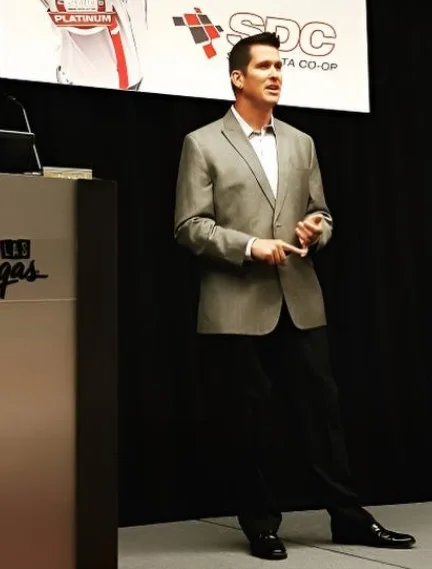Apr 18, 2012 | 4 Min Read
Mastering Textures: Effective Strategies for Web Design
Get in touch with us
Reach out to us for any inquiries or support, and let’s connect!
Using Textured Web Design Effectively
In web design the line between a pattern and a texture is one that is a little bit blurred; the terms have been thrown around almost completely interchangeably, to the point that a lot of people have skewed perspectives of each. Patterns are elements of an image that can be made into tiles. Typically a pattern will be a small, repeating image that is rendered in a way that looks symmetrical. A texture, on the other hand, is usually a larger picture that doesn’t have any repeating elements. While they both have their uses in unique web design, they can be utilized in very different ways. An example of both a pattern and a texture can be seen to the right in order to make it easier to understand the difference:

Using textured web design can add a tremendous amount of depth to an otherwise flat website. The goal is to not just build a website, but an experience that keeps people fully engaged and away from the back button. Proper use of texture can achieve this in several ways:
-
Get their attention: Textures can be used as an effective tool for guiding the visitor’s attention. Typically, the first place they will look is a textured part of the website. Using this method strategically means a designer can use texture to draw attention to titles, logos, headers, banners, or call to action buttons. When visiting a site for the first time, it is much easier for the visitor to process information if they know exactly where it is they should be looking.
-
Create more than just a website: With how far web design has come in terms of industry standards and overall quality of work, it is no longer enough to simply make a functional website. To be truly successful, designers need to create an experience. Think about some of the best websites you’ve been to, what do they all have in common? They create an atmosphere that fully engrosses the visitor and keeps them on the page for long periods of time. Texturing can accomplish this in many ways, for example using realistic textures like wood, ice, or sand can add a level of realism that draws people in and keeps them enraptured by the site content. A creative use of texturing that adds to the atmosphere of the website can be seen in our design for Bell Off Road
-
Add contrast: A huge concern while designing a website is the amount of content that needs to be presented, and how it is going to be done without cluttering the site pages up. Too much information presented in a bland manner can be overwhelming for a visitor, but have no fear; textures can alleviate some of these concerns. Using textures as a backdrop for written information boxes, menus, or other content sections will allow a substantial amount of content to be displayed without making the experience overwhelming for visitors. An example of this concept in action can be seen in our website designs created by Web Shop Manager.
Don’t Overdo It!
While texturing can be an extremely valuable tool in web design, there is a fine line between effective application and overzealous usage. The art of using textures effectively is nuanced and subtle; it should be used as a complimentary feature, not a focal point. Too much texture on a website will create a chaotic and distracting environment, which is obviously the opposite of what you are hoping to do. Legibility is always the most important consideration while designing a site; don’t ever sacrifice the legibility of the page in order to add more visual stimulation. “Content is king” is a phrase that all web developers are familiar with, and for good reason: it’s absolutely true. Don’t lose sight of the fact that all of the visual aspects of a website design are there to make the actual content more appealing to visitors. As soon as everything starts distracting users from what is really important, the design of that website has become counter-productive.
More On Related Topic
Explore our highlighted blogs for the latest insights and trends in the industry.
How to Get Customers That Are Ready to Buy Now (Actionable Tips)
Ecommerce: 3 Ways to Attract Customers That Are Ready to PurchaseThere are a lot of people who come to your online store and don't buy. And while you might see an abandoned e-commerce cart or a...
Is Web Browsing on a Mobile Device the Future?
It has been projected that by 2014, if current trends continue, there will be more users accessing the internet via a mobile device than with a desktop computer. While at first this may seem...
5 Awesome Automotive Web Design Banners: Boost Your Dealership’s Online Presence
5 Awesome Automotive Web Design Banners | Web Shop ManagersEffective automotive web design often goes hand in hand with online banner ads. We aren’t talking about paid ads you see on Google – we...

Ready To Grow Your Business?
Ready to elevate your online presence? Contact Web Shop Manager for expert solutions tailored to your
needs. Let’s build something amazing together.




